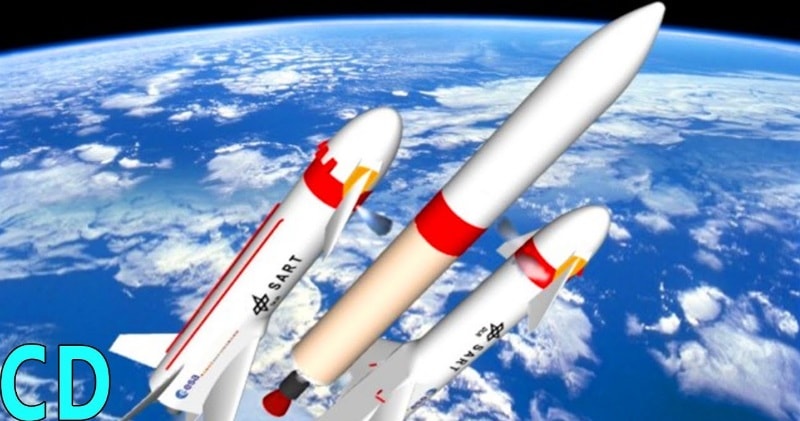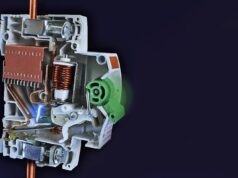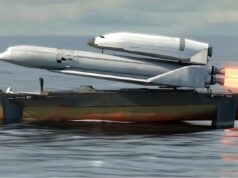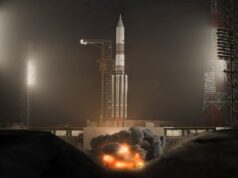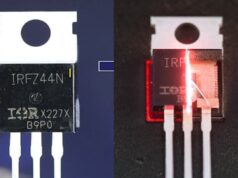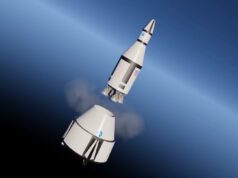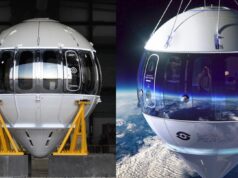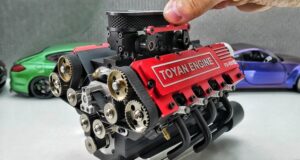One of the most impressive sights of recent years was the synchronised landing of the falcon heavy boosters, and although the centre core didn’t make it back simply because it didn’t have enough ignition fluid to restart all of the three of the centre cores engines the overall mission was a success.
source/image: Curious Droid
SpaceX and Blue Origin may be the latest and most well-known advocates of reusable rockets but they are not the first and in this video we look at some of the other systems that have been designed but not always made to production and some of the latest ones from the likes of ESA.
Landing a rocket presents some serious technical challenges, but the underlying reason for the delay has been the limited market for orbital launches. In the past, the launch industry was controlled by national and international Space Agencies. Even rich governments have often lacked the resources to fund innovation in space technology.
Advertisement
While small space-planes continue in slow development, reusable boosters have been studied for decades: sometimes adding a long-range ‘fly-back’ capability beyond anything possible with the Falcon 9 and New Shepard.The second generation of the ‘Energia’ program, codenamed ‘Uragan’ (or ‘Hurricane’) was planned as a fully recoverable, Vertical-Takeoff, Horizontal-Landing (VTHL) system.

